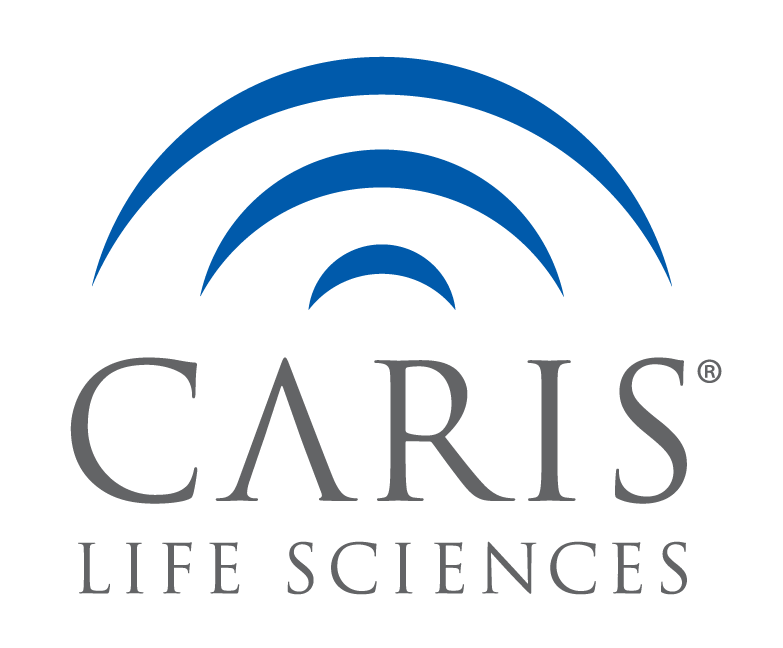Abstract
Background: Oncogenic fusions of MAML2 with CRTC1, CRTC3, YAP1, and NR1D1 retain the MAML2 transactivating domain (TAD) and are believed to drive aberrant gene transcription. While the oncogenic roles of these known fusions have been established, we aimed to identify novel MAML2 fusions across a range of human malignancies.
Methods: DNA and RNA sequencing were performed on tumor samples submitted to Caris Life Sciences. MAML2 fusions were identified from RNA transcripts and filtered to include only known pathogenic fusions or recurrent, in-frame fusions containing a C-terminal MAML2 TAD. Fusion burden was defined as the number of unique fusion isoforms per sample.
Results: Among 180,124 tumor samples, 143 specimens harbored MAML2 fusions with a MAML2 TAD: >50% of specimens harbored known fusions, but novel fusions with MTMR2 (31/143), SESN3 (11/143), CCDC82 (6/143), FAM76B (4/143), and ATXN3 (3/143) were also identified. Compared to the known fusions, the novel fusions generally had lower expressions (median: 8 vs. 13 junction reads/sample, p = 0.0064), higher fusion burdens (median: 6 vs. 2 unique fusion isoforms/sample, p < 0.0001), more frequent TP53 co-mutations (80% vs. 11.5%, p < 0.0001), and no clear association with the tissue of origin. Excluding ATXN3::MAML2, the novel fusion partners were located near MAML2 in the genome, likely arose from duplications or deletions, and occurred in samples harboring concurrent mutations. In contrast, ATXN3::MAML2 arose via interchromosomal translocation, occurred in samples with a low fusion burden, and was not associated with TP53 mutations.
Conclusions: We identified novel MAML2 fusion partners, most of which likely represent passenger alterations, possibly arising from genomic instability or impaired p53 function. However, ATXN3::MAML2 fusions, previously reported in a pre-cancerous pancreatic disease case, may represent a pathogenic alteration warranting further investigation.

